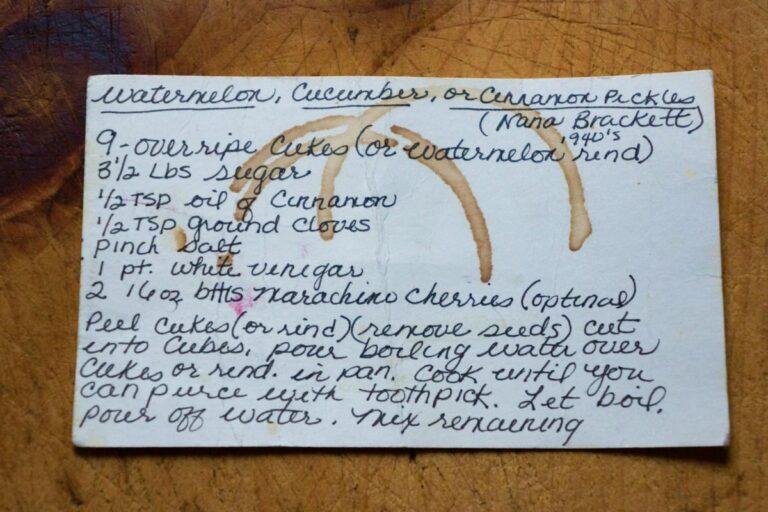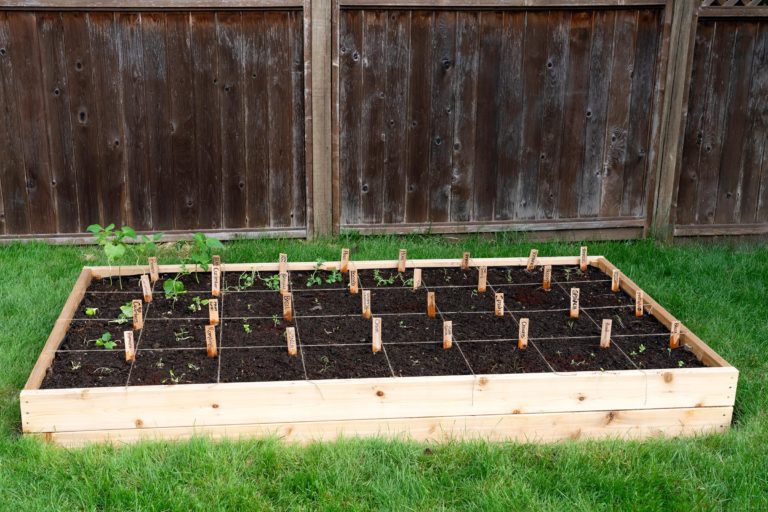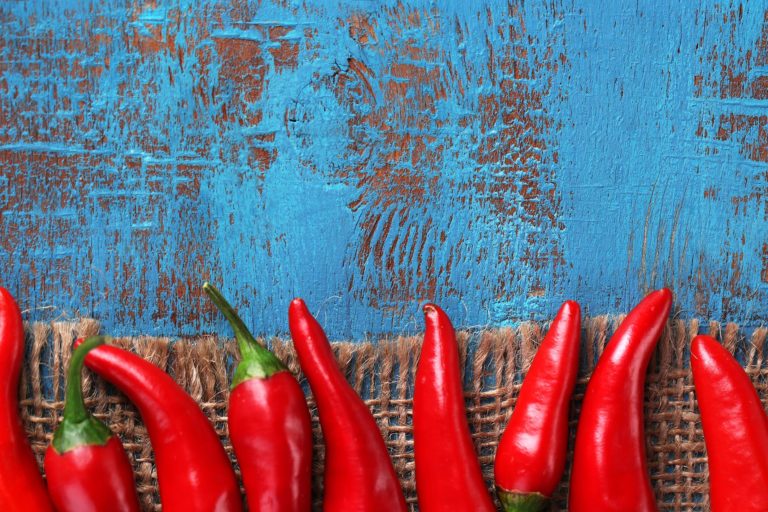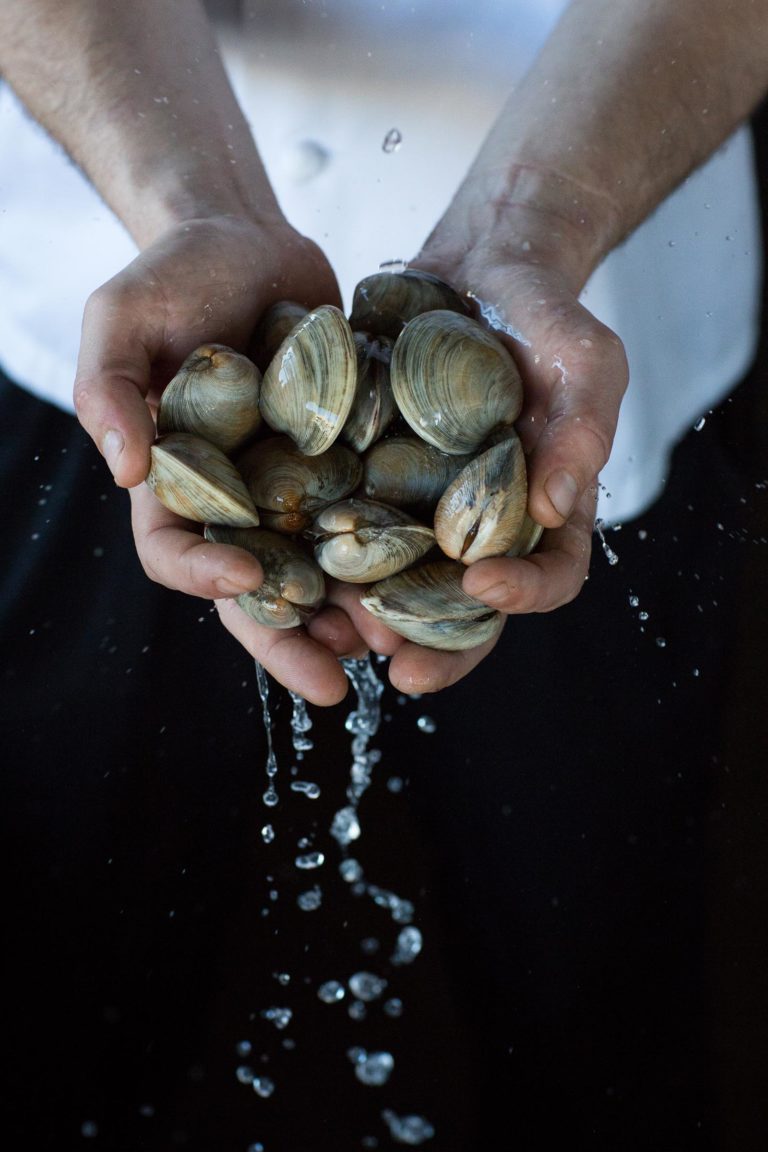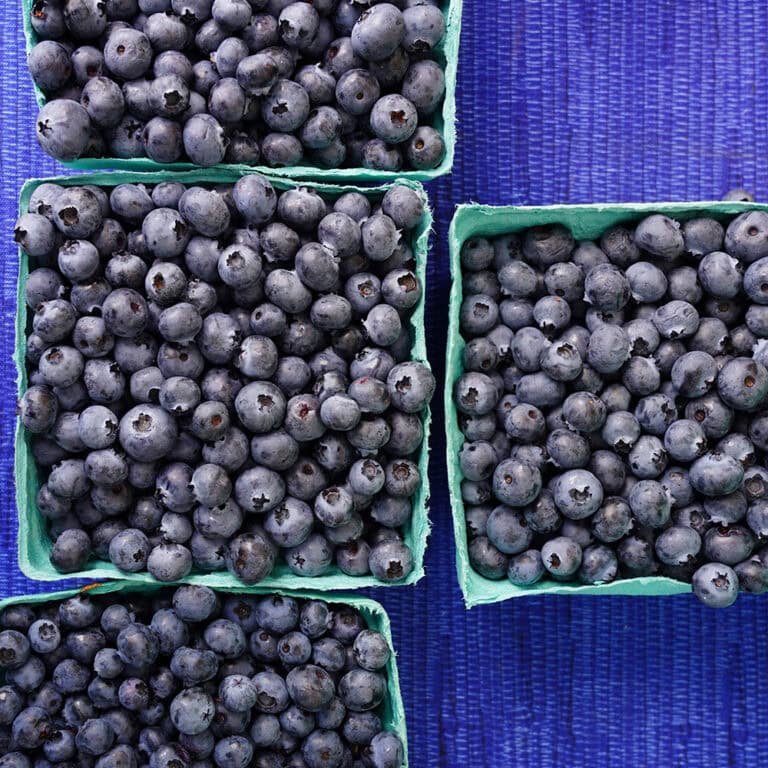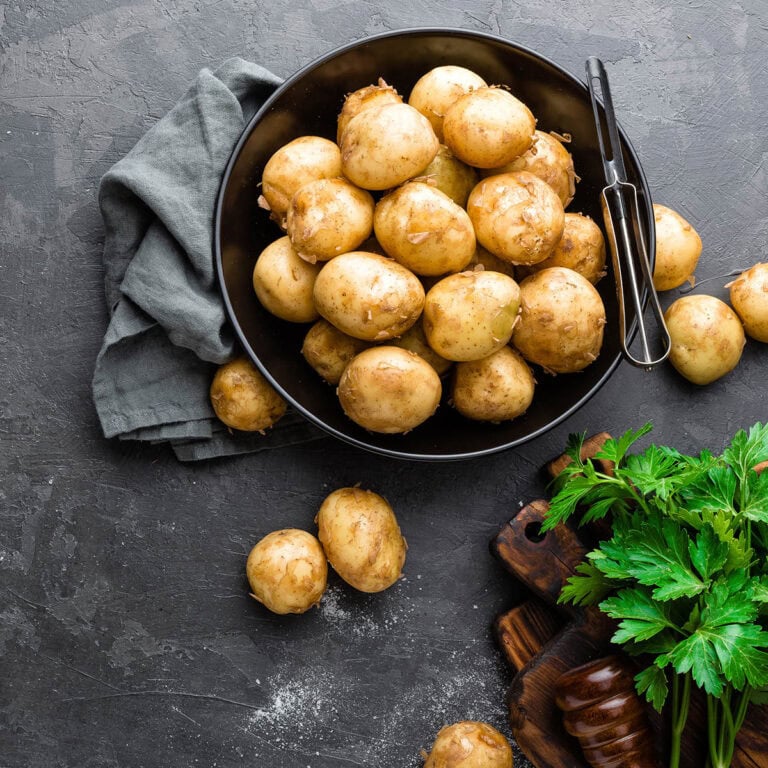edible MAINE Staff
edible MAINE Staff, a dynamic ensemble of writers, editors, photographers, and designers, is deeply committed to celebrating Maine's rich culinary heritage. United by a passion for the state's unique gastronomy, they expertly weave stories of local produce, innovative chefs, and captivating culinary experiences into each visually stunning and engaging issue. Their dedication extends beyond storytelling; they actively forge connections with local farmers, artisans, and food enthusiasts, ensuring authenticity and a true representation of Maine's evolving food scene. In an age where digital media prevails, the Print Team remains devoted to the tangible, intimate experience of print, creating a magazine that's not only a visual feast but a cherished, shareable piece of Maine's gastronomic world. Their work honors the people, places, and flavors that make Maine's food culture extraordinary, upholding the magazine's mission to celebrate and showcase the state's culinary legacy.







